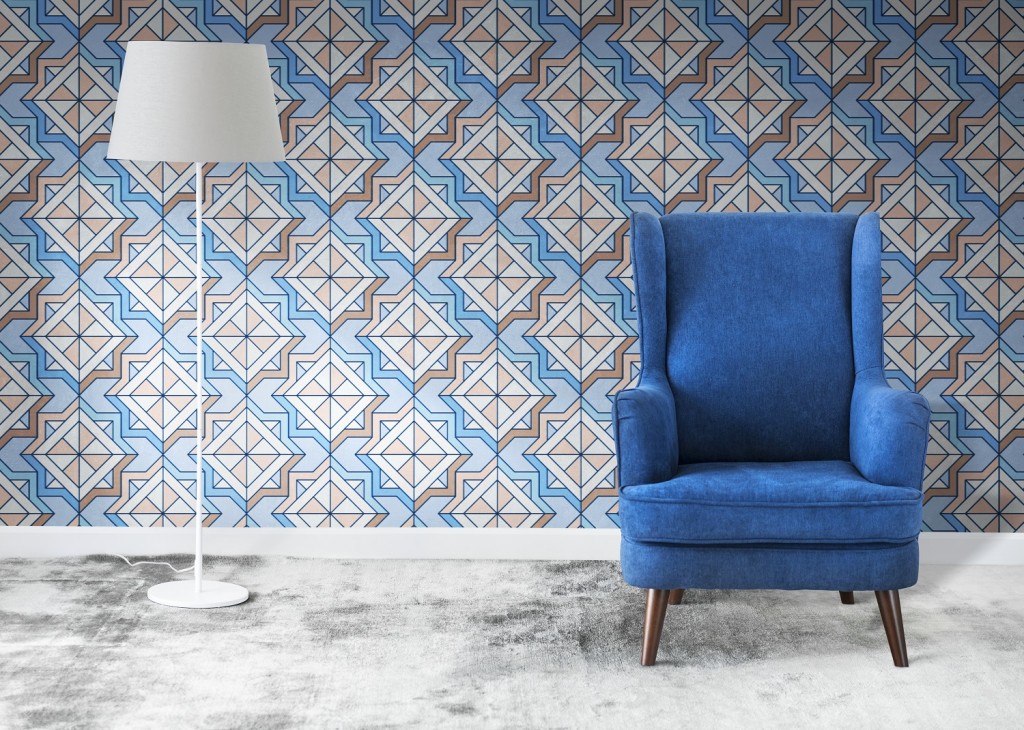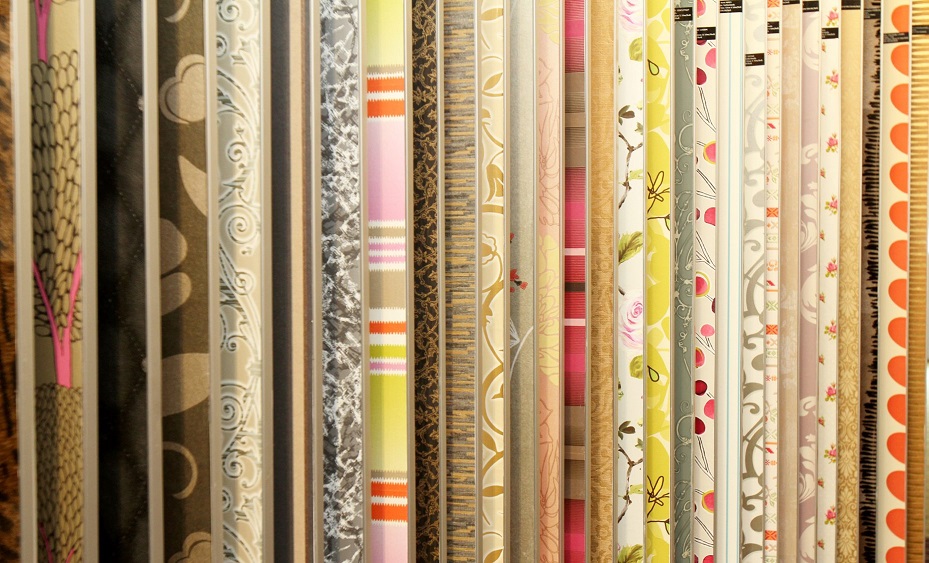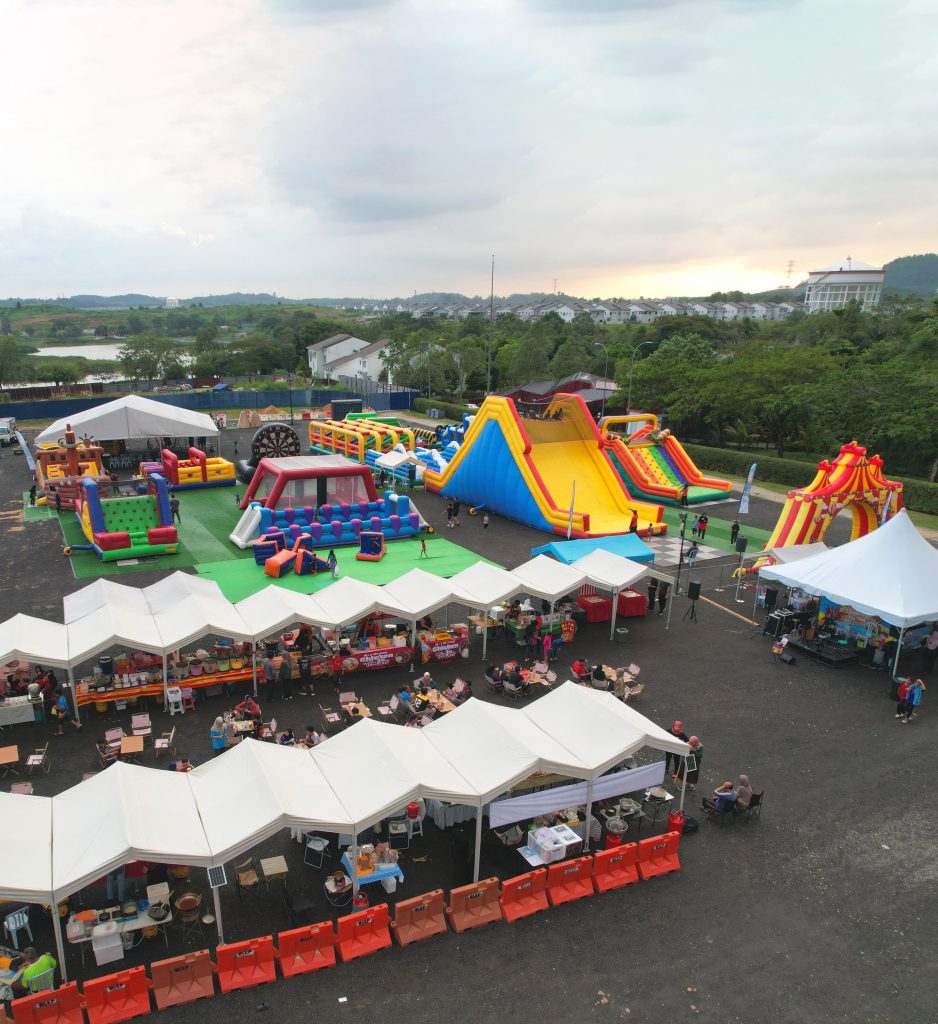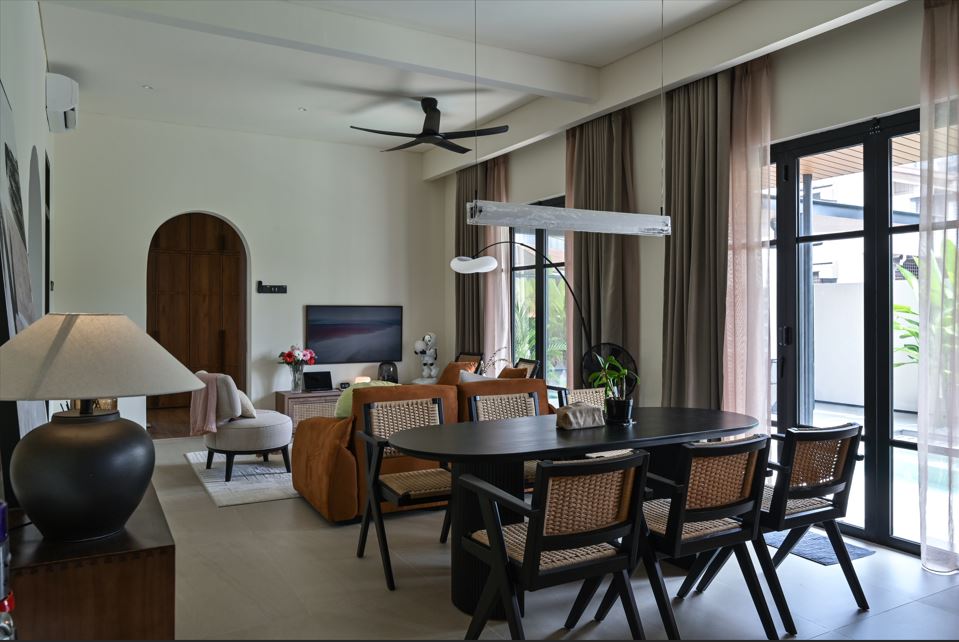Some perceive wallpaper decoration as easy work, comparative to handling wet, sticky paint. Wallpapering your house isn’t rocket science, but it isn’t a simple cut and paste job either. Those without the basic know-how are in for a big surprise when they realise the various complications that may occur. Here is a beginner’s troubleshooting guide for those new to the wallpapering business:
1/ Air Bubbles
Having bumps and bubbles on the surface of your mostly immaculate wallpaper can be frustrating, and it is a common occurrence. This can happen because of the weak bond between the wallpaper and the wall, resulting in the paper lifting. It could also be a glob of paste that was not smoothened during the hanging process.
To reduce the formation of bubbles, always smoothening the wallpaper before hanging to avoid capturing air within the folds. The use of a wallpaper smoother is advisable to create a uniform spread. Any air bubbles that remain can be removed by puncturing it with a needle. Otherwise, slice an inconspicuous x-pattern on the bubble and paste the flaccid flap down.
2/ Your seams are showing
Not unlike bubbles, visible seams are another common problem. A straightforward way to reduce the visibility of the edges is by painting the wall behind the same colour as the wallpaper or conversely, choose a wallpaper whose colour is similar to the wall.
Note that wallpapers with darker colours often produce contrasting seams if the paper they are printed on is white, as the thin edges of the paper create white seams. Smart buyers will choose wallpapers that are printed on papers with similar colours to prevent the contrast from showing.
3) So much space, so little paper
Unlike paint that can be easily matched, wallpapers usually have distinctive patterns. Pasting two different wallpapers side by side creates a terrible mismatch that might throw off the entire decoration, even if they are of a similar hue. For starters, you need to know the run number of the wallpaper you are using in case you need to order additional rolls.
Wallpapers with different run numbers can be deceptively similar in appearance, especially when the patterns are considered. But, the variance is only apparent when you hang them up together on the wall. Then there is also the problem of the wallpaper running out of stock or being discontinued from production. This is a case of prevention is better than cure; hence, purchase a surplus of wallpaper to compensate for any possible shortfall.
4/ Opening seams
Not unlike the seams showing, the wallpaper strip may also curdle around the edges or tear. This could occur due to the application of high pressure from the steam roller, which forces out the paste from the sides.
Or, inadequate paste may be used during the production of the wallpaper, resulting in a weak bond between paper and wall. A dusty wall surface may also contribute to the problem. Hence house owners are recommended to paint their house first before applying the wallpaper, as the surface should be mostly clean by then.












































